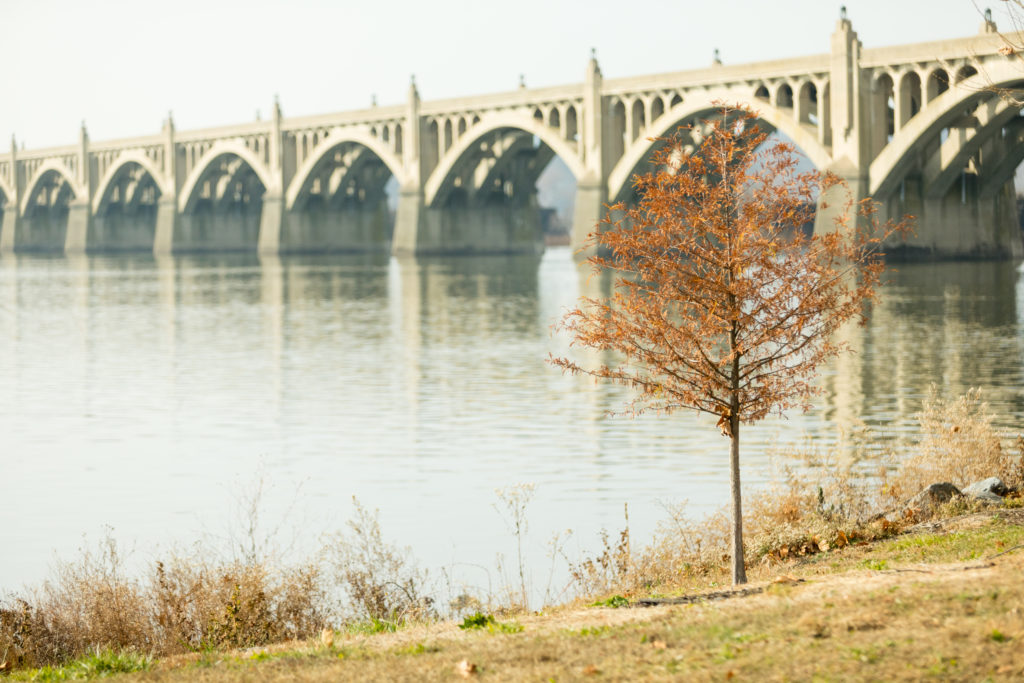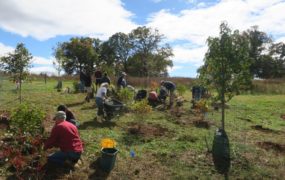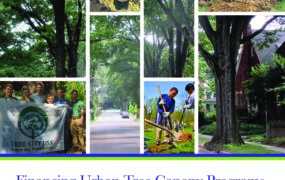
Columbia is a small town (borough) located on the Susquehanna River in Lancaster County, Pennsylvania. Current tree canopy cover in the borough is 43%, and with assistance from the USDA Forest Service and the Alliance for the Chesapeake Bay, Columbia developed the goal of increasing its canopy coverage by 7 percentage points by 2020. To achieve this goal, Columbia is working to improve local ordinances and policies, as well as to develop outreach and education strategies that generate additional support for tree plantings. The borough has a record of success on which to build, including being designated as a Tree City USA for 25 consecutive years, as well as having an active Shade Tree Commission that has planted and maintained approximately 850 trees in the community over the past two decades.
Financing strategies
Columbia’s street tree efforts are funded in part through a Tree Society membership program, which is managed by the Columbia Shade Tree Commission and comprised of both residents and local businesses. Membership rates vary, from $2 for an annual student membership to $100 for a lifetime membership. In total, the program raises $2,000 – $2,500 per year. These funds support the planting of about 20-30 trees annually, as well as tree care activities such as pruning and treatment for disease, in addition to outreach events such as the annual Arbor Day celebration. Perhaps as important as the revenue it raises, the Tree Society is a means for engaging community members in the community’s urban tree goals and it has created a network of ambassadors for this work.
Take-away lessons
- For small towns in particular, donations from residents and businesses can be an effective means of financing urban tree planting and maintenance activities.
- Tree membership societies not only raise funds for UTC efforts but can also create a network of engaged partners to support and celebrate the community forest.
This case story is originally from Financing Urban Tree Canopy Programs: Guidebook for Local Governments in the Chesapeake Bay Watershed. Check out the guidebook for more case stories, resources, and other useful information about sufficiently and sustainably funding urban forestry.





